On May 22, 2025, Xiaomi’s 15th anniversary strategic new product launch conference introduced several products, including the long-awaited first SUV, the Xiaomi Yuqi 7, the first self-developed chip, the Xuanjie O1, the Xiaomi 15S Pro equipped with the Xuanjie O1, the Xiaomi Pad 7 Ultra, the Xiaomi Watch S4, and an all-around lightweight flagship designed for young people, the Civi 5 Pro, along with new home appliances such as air conditioners, refrigerators, washing machines, water purifiers, and televisions.
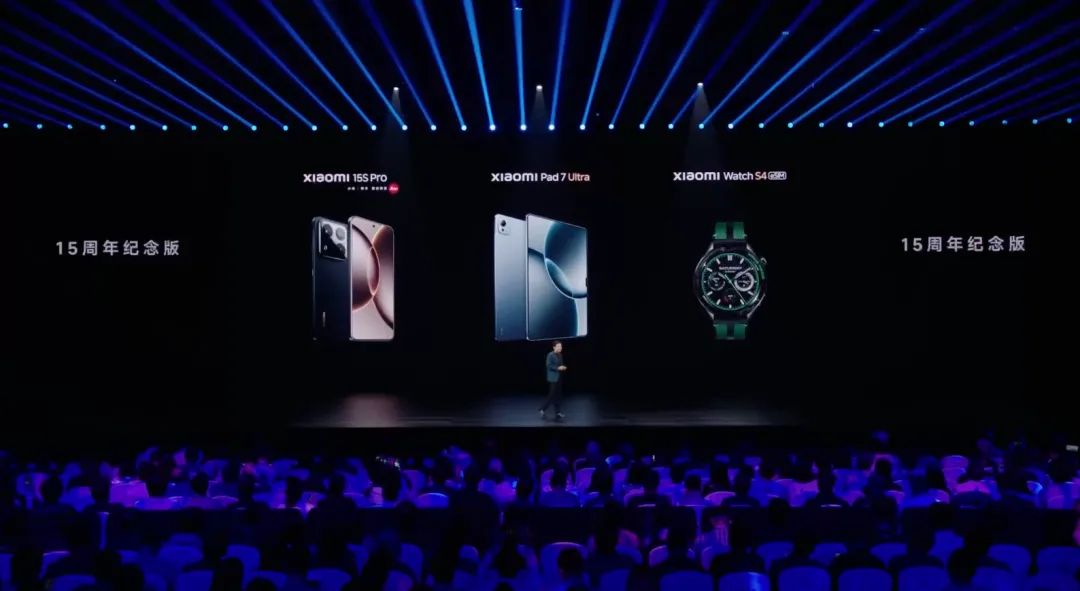
The Xiaomi car is too expensive, and there is no need to change cars at home; the phone, refrigerator, and washing machine can still be used. Therefore, what attracted me most about this launch conference was the Xiaomi Xuanjie chip, to see if this chip is as inadequate as rumored online, and whether it is self-developed or not.
First up was the Xuanjie O1, a chip that has been the subject of much discussion online, with some claiming it is entirely purchased, even suggesting it is a rebranded Qualcomm chip. After watching the launch conference, the secrets of the Xuanjie chip were finally revealed.

It is indeed purchased, and quite expensively. Lei Jun stated that they have invested 13.5 billion for four consecutive years, and will need to continue pouring money into it. This purchase is indeed quite costly. But it has indeed been acquired.
The Xuanjie O1 uses a second-generation 3nm process technology, with a chip area of 109mm², integrating 19 billion transistors. Currently, mobile chips using 3nm process technology include Apple’s A17 Pro, A18, MediaTek’s Dimensity 9400, Qualcomm’s Snapdragon 8 series, and Samsung’s Exynos 2500, among which Apple’s A18 integrates 20 billion transistors. Therefore, in terms of integration, the Xuanjie O1 is close to the integration level of Apple’s A18. The Xuanjie O1 has entered the ranks of advanced process chips, demonstrating its technical strength and competitiveness in chip manufacturing processes.

 The CPU of the Xuanjie O1 features a ten-core four-cluster design, including two 3.9GHz Cortex-X925 super-large cores, four 3.4GHz and two 1.9GHz Cortex-A725 large cores, and two 1.8GHz Cortex-A520 small cores.
The CPU of the Xuanjie O1 features a ten-core four-cluster design, including two 3.9GHz Cortex-X925 super-large cores, four 3.4GHz and two 1.9GHz Cortex-A725 large cores, and two 1.8GHz Cortex-A520 small cores.
Testing on the Xiaomi 15S Pro phone equipped with the Xuanjie O1 chip showed a single-core score exceeding 3000, which is lower than the A18 Pro’s score, but the multi-core score exceeded 9500, slightly better than the A18 Pro, and the energy efficiency ratio is also close to that of the Apple A18 Pro. In terms of performance, the CPU performance of the Xuanjie O1 has entered the first tier.
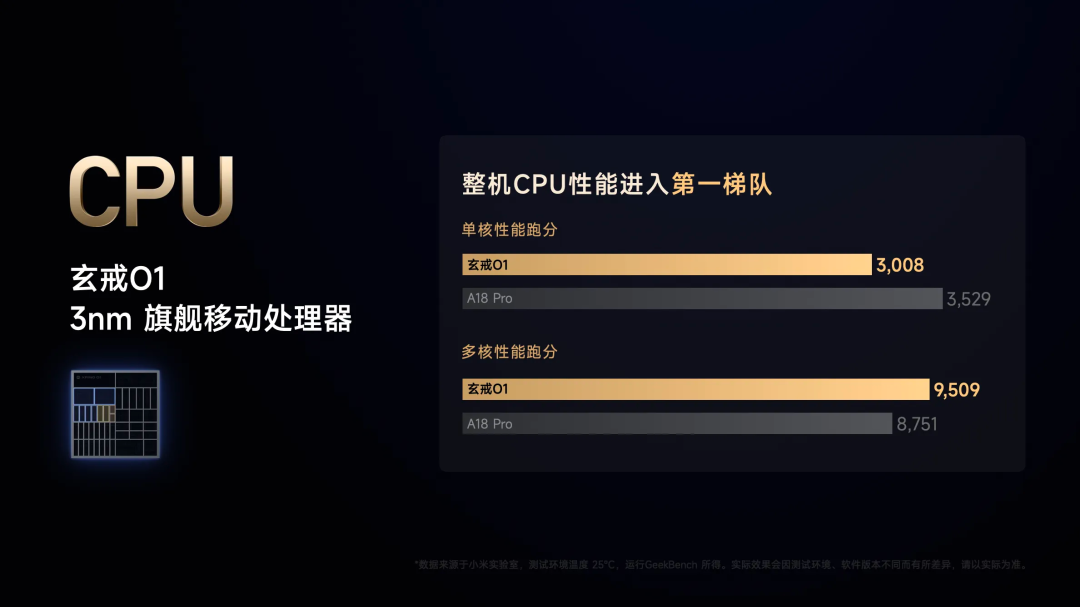
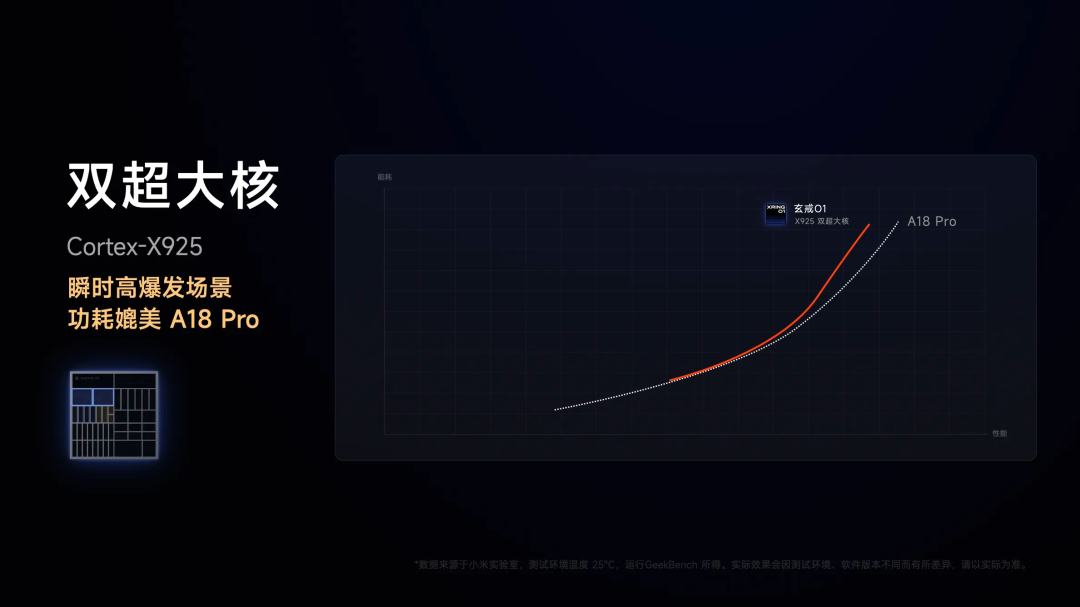
Now let’s take a look at the GPU of the Xuanjie O1, which uses the Arm Immortalis-G925 and is the 16-core version. Compared to the 12-core version (MC12) of the Dimensity 9400 series, the GPU core count of the Xuanjie O1 has increased by 33%.

In performance testing, the GPU of the Xuanjie O1 performed exceptionally well, showing a 43% improvement over the Apple A18 Pro in the GFXBench Manhattan 3.1 test, and leading by as much as 57% in the Aztec 2K test.

Additionally, the Xuanjie O1 supports GPU dynamic performance scheduling technology, which can intelligently switch the GPU operating state according to different operating scenarios, allowing for full-speed operation under high-load scenarios, dynamically activating some cores in light-load gaming, and entering dynamic sleep mode under low-load scenarios. In extreme low-power mode, all cores will be turned off. The application of this technology significantly reduces power consumption, allowing the Xuanjie O1 to maintain strong graphics processing performance while also achieving good energy efficiency.
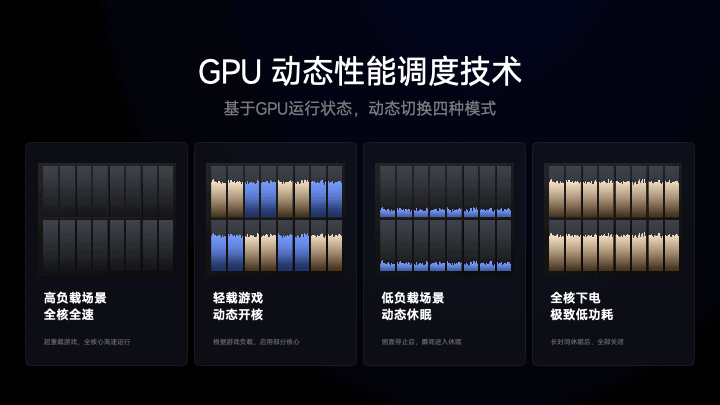
Therefore, this latest 3nm process mobile SoC is indeed quite powerful, with laboratory scores exceeding 3 million.
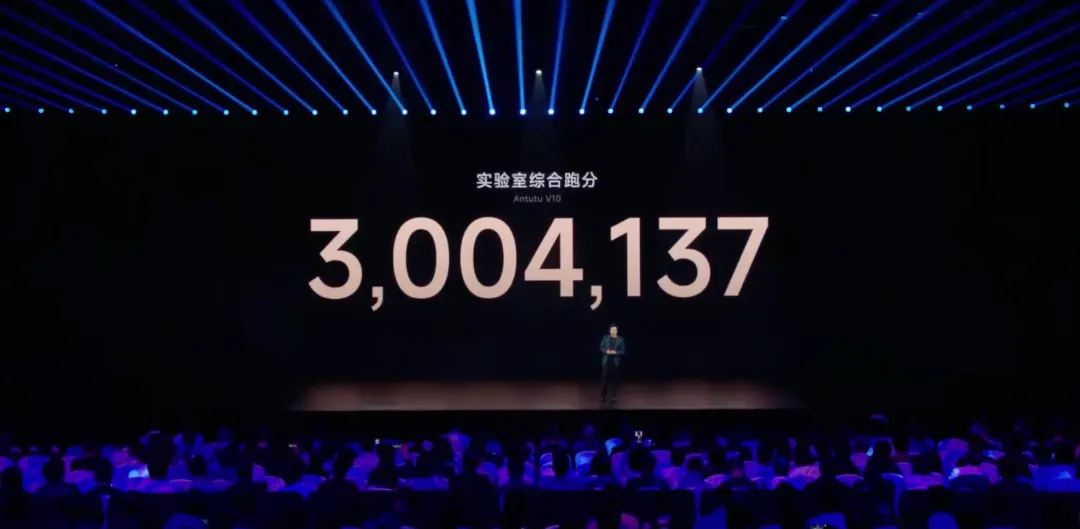 Of course, all of these are data from the launch conference, and netizens have provided more data. Yang Changshun quickly disassembled this chip, and below is the disassembly video. It also confirmed that the Xuanjie O1 is indeed manufactured by TSMC. It seems that domestically, the 3nm process has not yet been fully realized.
Of course, all of these are data from the launch conference, and netizens have provided more data. Yang Changshun quickly disassembled this chip, and below is the disassembly video. It also confirmed that the Xuanjie O1 is indeed manufactured by TSMC. It seems that domestically, the 3nm process has not yet been fully realized.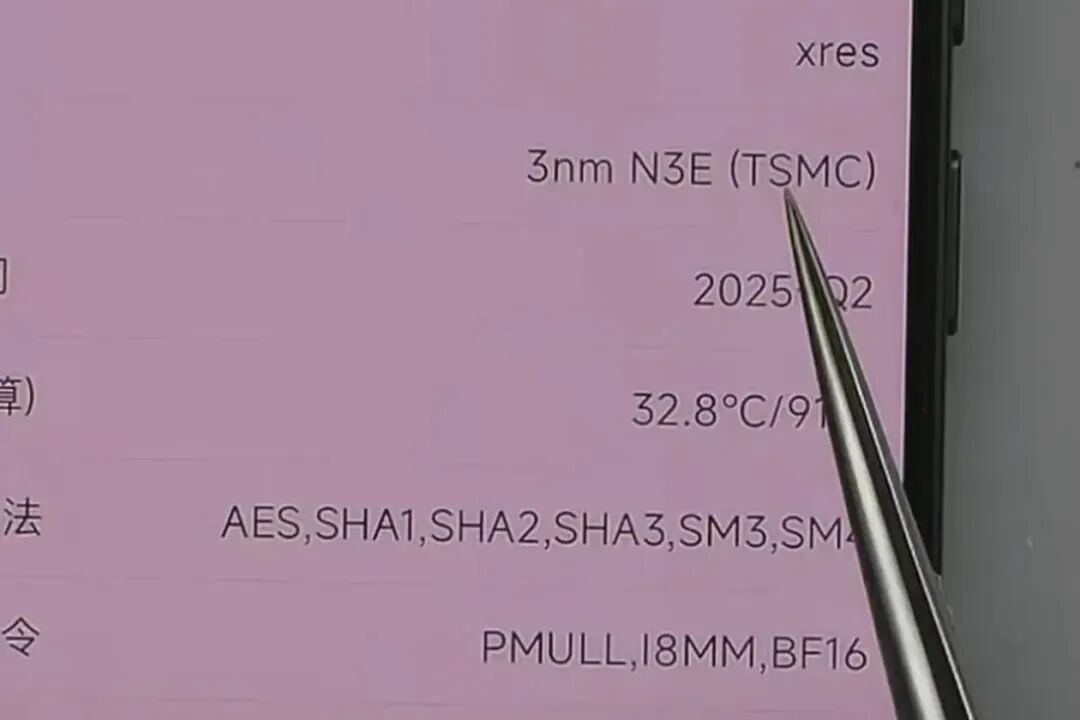 In addition to the eye-catching Xuanjie O1, Xiaomi also released the Xuanjie T1, a chip that was not pre-heated, so it received little attention. The Xuanjie T1 (XRING T1) is a self-developed chip by Xiaomi designed specifically for smartwatches, first used in the Xiaomi Watch S4 eSIM smartwatch.
In addition to the eye-catching Xuanjie O1, Xiaomi also released the Xuanjie T1, a chip that was not pre-heated, so it received little attention. The Xuanjie T1 (XRING T1) is a self-developed chip by Xiaomi designed specifically for smartwatches, first used in the Xiaomi Watch S4 eSIM smartwatch.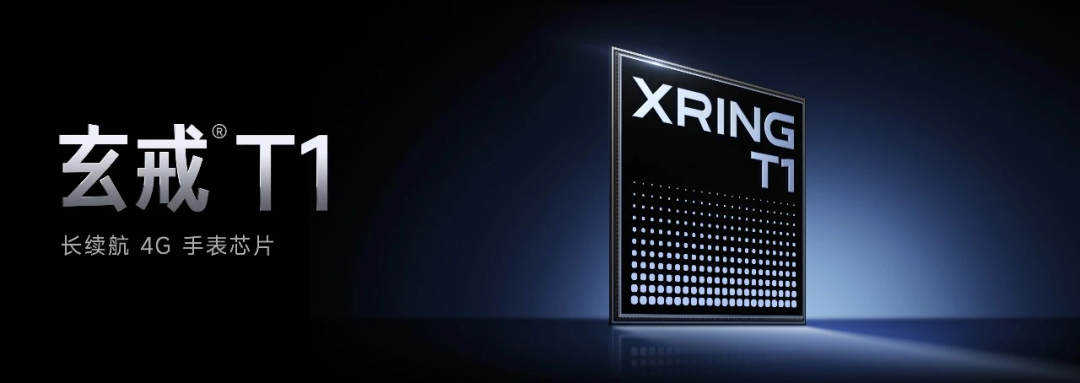 Xiaomi has not disclosed much information about this chip, but emphasized that it is equipped with a Xiaomi 4G baseband, supports independent communication, and has improved 4G-LTE real-world performance by 35%, with data power consumption reduced by 27%.
Xiaomi has not disclosed much information about this chip, but emphasized that it is equipped with a Xiaomi 4G baseband, supports independent communication, and has improved 4G-LTE real-world performance by 35%, with data power consumption reduced by 27%.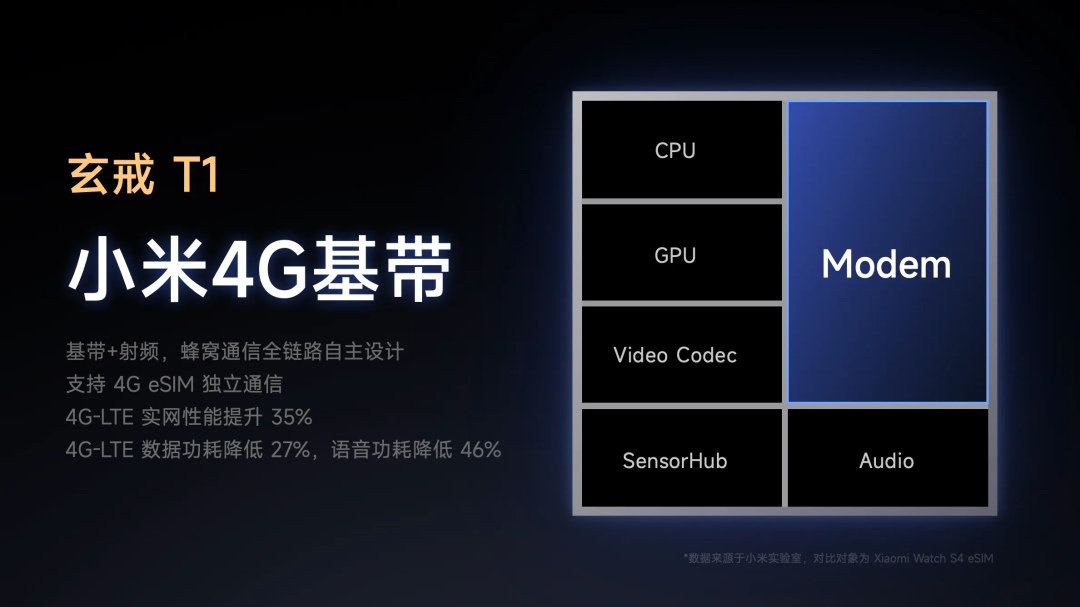
Moreover, the Xiaomi Watch S4 eSIM smartwatch equipped with the Xuanjie T1 chip can achieve a battery life of up to 9 days under typical usage scenarios due to its ultra-low power consumption.

This chip also indirectly addresses the question of Xiaomi’s self-development, indicating that Xiaomi’s baseband chip is also under development. Perhaps in the near future, Xiaomi’s 5G baseband will be integrated into the Xuanjie O2 chip instead of currently relying on the MediaTek baseband.
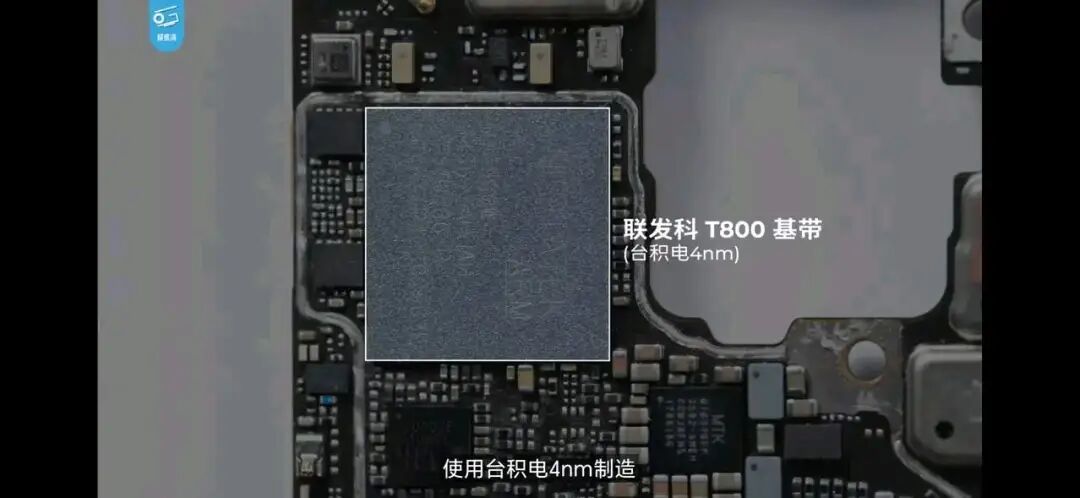 With more time, more investment, and less noise, China will still achieve breakthroughs in the chip field.
With more time, more investment, and less noise, China will still achieve breakthroughs in the chip field.